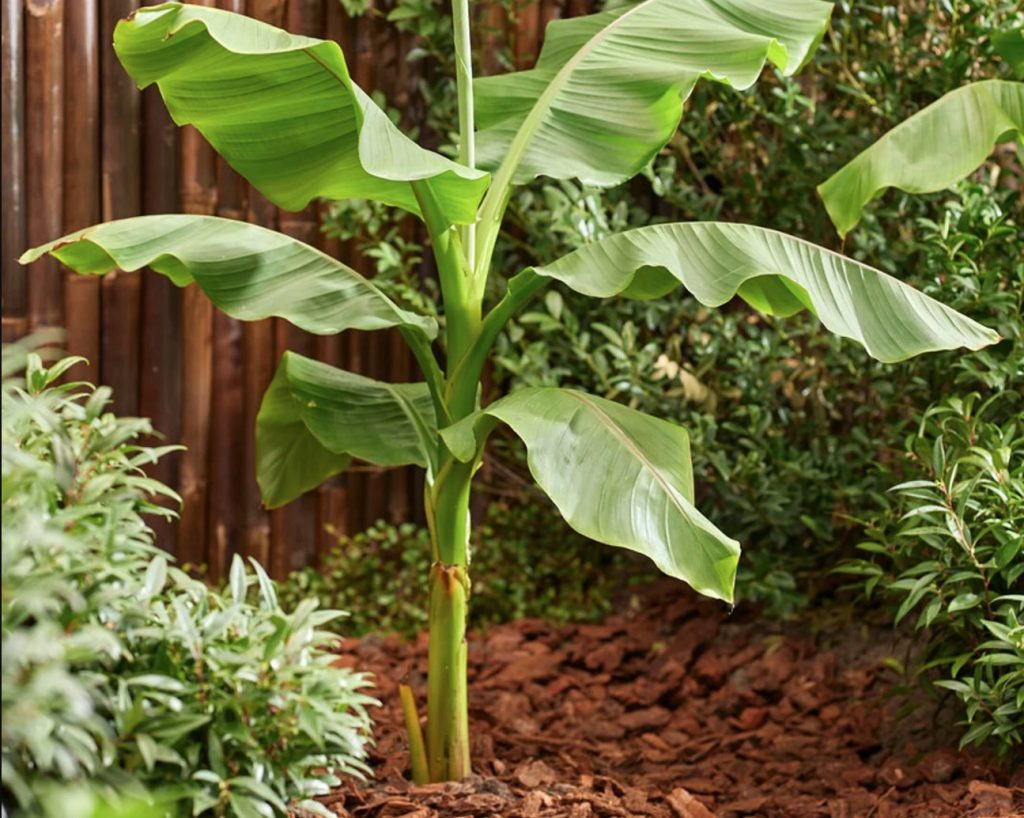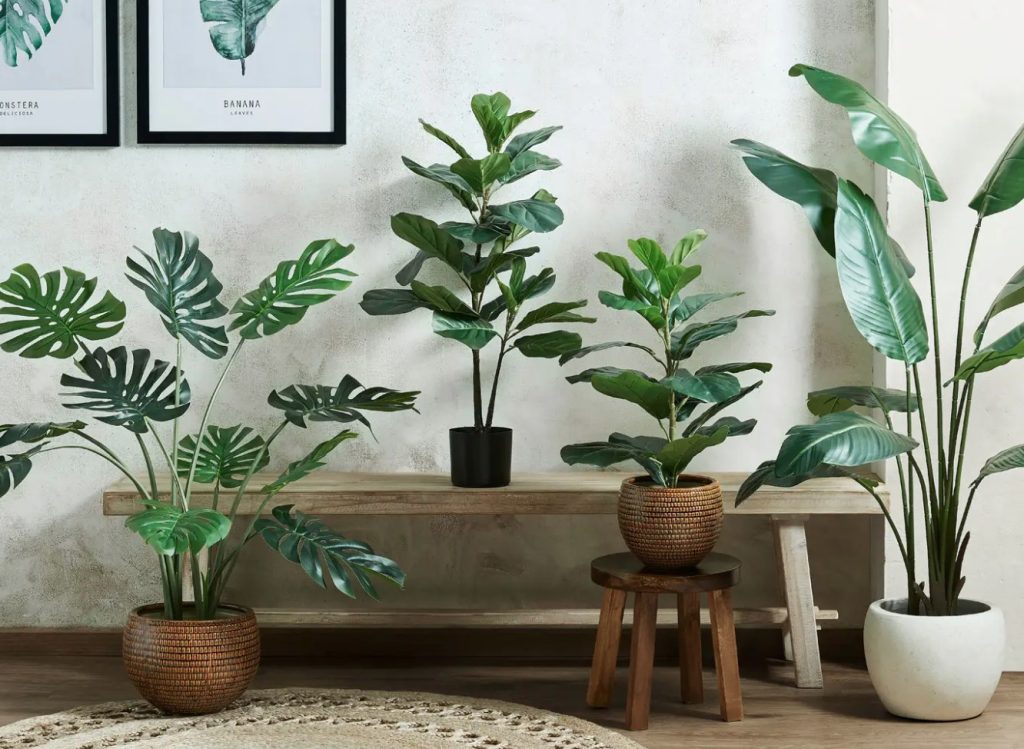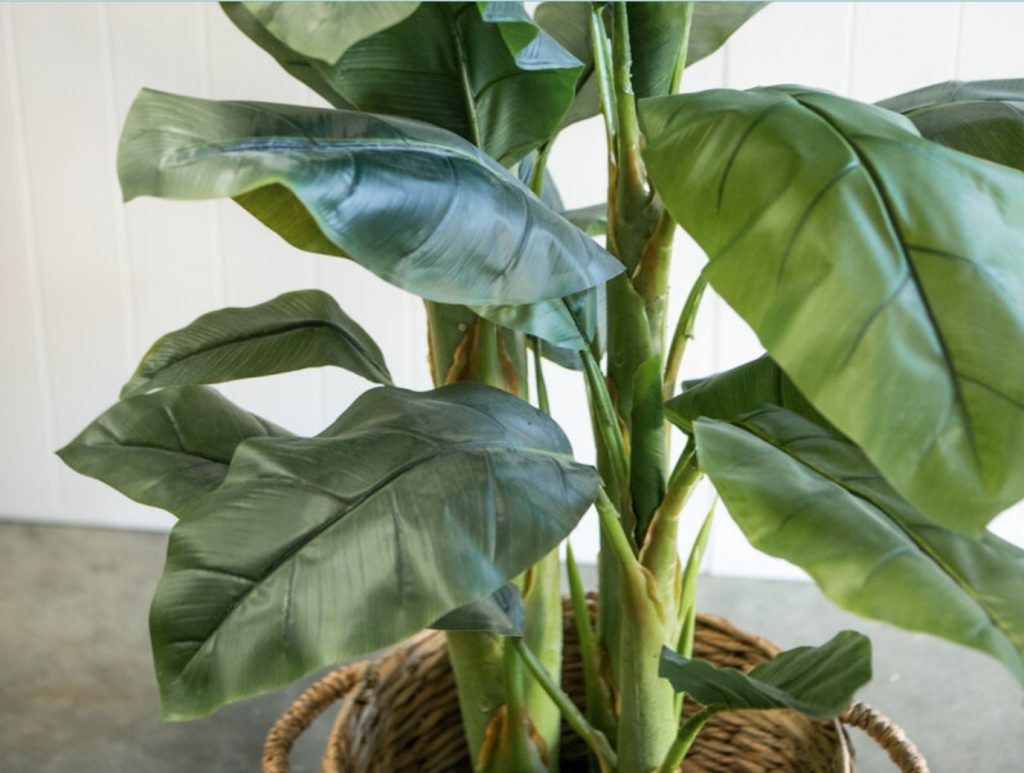
What is a Banana Leaf Plant?
A banana leaf plant, as the name suggests, is the plant that produces the iconic banana leaves. These large, broad leaves are a staple in many cultures, especially in Southeast Asia and the Pacific Islands. They’re not only beautiful but also incredibly versatile, serving various purposes in both culinary and cultural spheres.
How Does a Banana Leaf Plant Grow?
Banana leaf plants are tropical perennials that thrive in warm, humid climates. They grow from underground rhizomes and can reach impressive heights. The leaves emerge from the center of the plant, unfurling to their full size before eventually withering and being replaced by new ones.
What is Known About Banana Leaf Plants?
Beyond their culinary and cultural uses, banana leaf plants have also been studied for their potential medicinal properties. Some compounds found in these plants have shown promise in treating various ailments, including inflammation and digestive issues.
Solutions and Information
If you’re interested in growing banana leaf plants in your own garden, it’s essential to provide them with the right conditions. They require plenty of sunlight, water, and well-draining soil. Additionally, banana leaf plants can be propagated from suckers or rhizomes.

The Culinary Uses of Banana Leaves
- Cooking: Banana leaves are often used as natural wrappers for steaming or grilling food. They impart a unique flavor and aroma to dishes.
- Serving: In many cultures, banana leaves are used as plates or serving trays. They offer a biodegradable and eco-friendly alternative to traditional tableware.
- Preservation: Some foods, like fish and meat, can be preserved by wrapping them in banana leaves. The leaves help to prevent spoilage.
Cultural Significance of Banana Leaves
- Religious Ceremonies: Banana leaves play a significant role in various religious ceremonies, symbolizing purity and abundance.
- Traditional Crafts: These leaves are used to create a variety of crafts, including baskets, hats, and mats.
- Decorations: Banana leaves are often used as decorations in homes and gardens, adding a touch of tropical elegance.
Health Benefits of Banana Leaves
- Antioxidant Properties: Banana leaves contain antioxidants that can help protect against cell damage and chronic diseases.
- Anti-inflammatory Effects: Some compounds found in banana leaves have anti-inflammatory properties, which can be beneficial for conditions like arthritis.
- Digestive Health: Banana leaves have been traditionally used to aid digestion and treat gastrointestinal issues.

Environmental Impact of Banana Leaf Plants
- Soil Erosion Prevention: Banana leaf plants can help prevent soil erosion on slopes due to their extensive root systems.
- Carbon Sequestration: These plants absorb carbon dioxide from the atmosphere, contributing to climate change mitigation.
- Biodiversity: Banana leaf plants provide habitat for various insects and other wildlife.
Conclusion
Banana leaf plants are more than just a source of food and leaves. They are a testament to the beauty and versatility of nature. Whether you’re using them to wrap food, create crafts, or simply admire their striking appearance, banana leaf plants offer a wealth of benefits.
FAQs
- Can I eat the fruit from a banana leaf plant? While the leaves are commonly used, the fruit, which is the banana, is typically harvested and eaten separately.
- Are banana leaf plants easy to care for? Yes, they are relatively low-maintenance plants once they are established.
- Can I grow a banana leaf plant indoors? While it’s possible, banana leaf plants prefer outdoor conditions with ample sunlight and humidity.
- What are some cultural uses of banana leaves? Besides food wrapping, banana leaves are used in traditional ceremonies, for making crafts, and as roofing material.
- Are banana leaf plants good for the environment? Yes, they contribute to soil health and can help prevent erosion.
Additional Information
- Types of Banana Leaf Plants: There are several different species of banana plants, each with unique characteristics and uses.
- Banana Leaf Extraction: Compounds from banana leaves can be extracted for use in various products, such as skincare and pharmaceuticals.
- Sustainable Practices: Promoting sustainable cultivation of banana leaf plants can help ensure their long-term availability and environmental benefits.
By understanding the versatility, cultural significance, and potential benefits of banana leaf plants, we can appreciate their value and explore new ways to utilize them in our daily lives.
